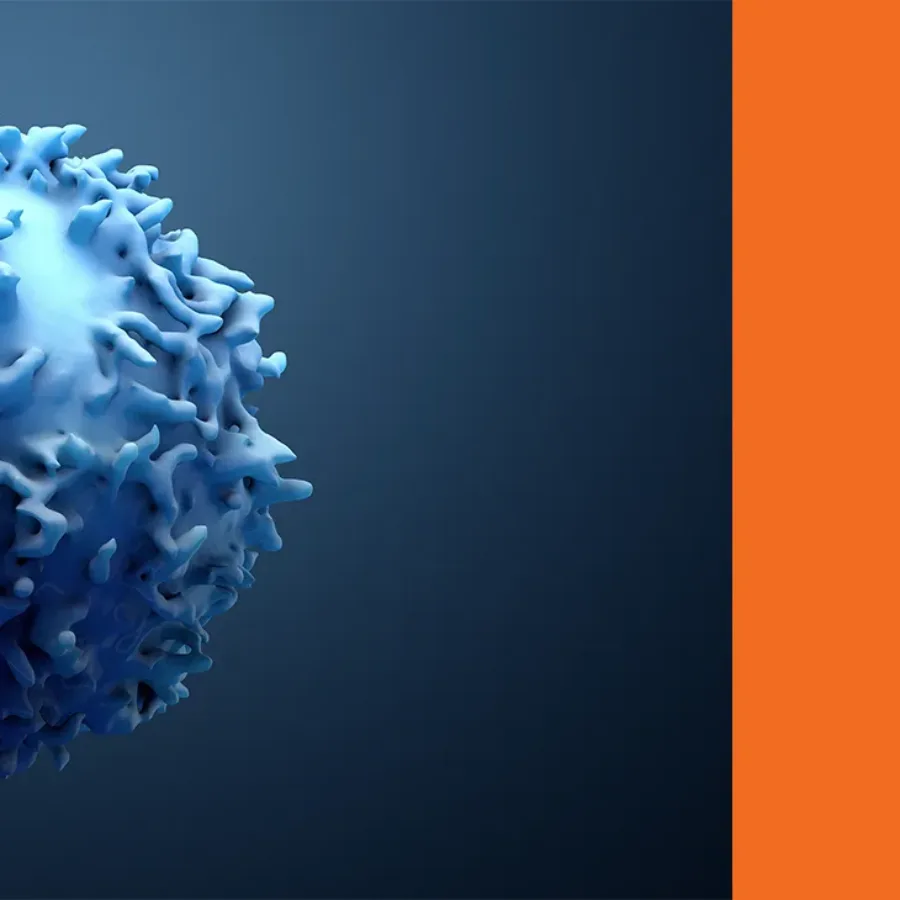 Blogs
Blogs
Initially developed to assess the frequency of circulating antigen-specific Antibody-Secreting Cells (ASC), ELISpot has become a vital tool for quantifying antigen-reactive T-cells by measuring secreted immune mediators such as cytokines or key molecules involved in cell-mediated cytotoxicity. Compared to other assays for monitoring cell-mediated immunity (CMI), such as…
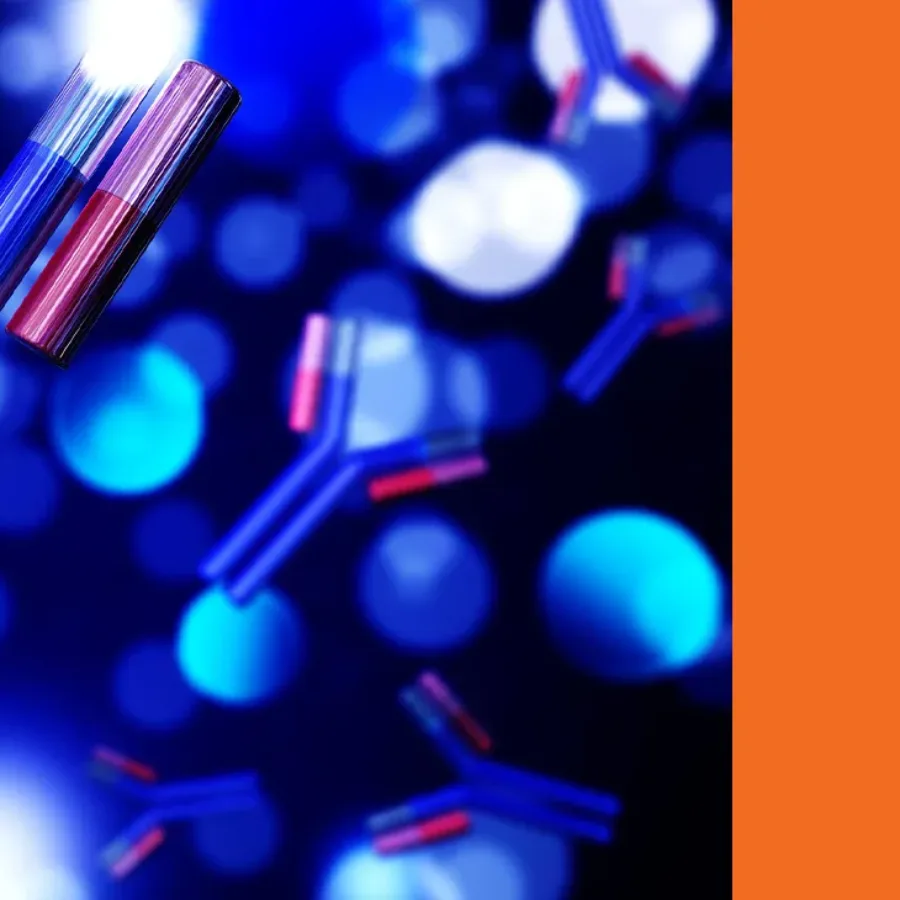 Blogs
Blogs
Immunogenicity, why do we keep talking about it? Immunogenicity can, in the simplest of terms, be described as a subject’s ability to generate antibodies specific to the dosed protein therapeutic. While stating it this way understates the complexity of the immune system and the methods needed to detect and characterize…
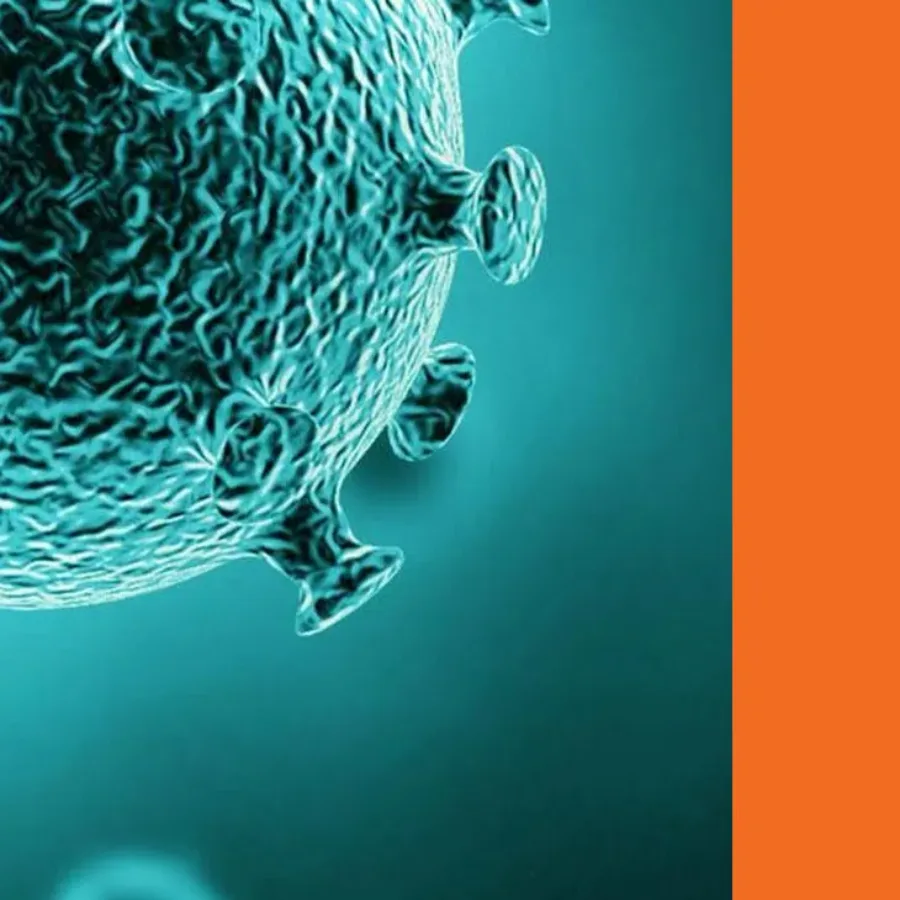 Blogs
Blogs
When you examine how to develop and validate/qualify a Biodistribution assay by PCR…
 November 14
- November 15
November 14
- November 15
KCAS Bio is excited to announce our participation in the annual congress of the French Society for Toxicology, taking place on November 14-15 at the Lyon Convention Center. This landmark event, celebrating the 50th anniversary of the French Society of Toxicology will focus on “Evolutions, Innovations, and New Trends in…
 Blogs
Blogs
Immunogenicity refers to the ability of a substance, such as an antigen or a vaccine, to provoke an immune response in an organism. The recognition of the substance as foreign triggers an immune response, which involves the production of antibodies and the activation of immune cells to fight against or…
 Blogs
Blogs
Ligand binding assays (LBAs) have been our core activity for decades. LBAs are commonly used to measure interactions between two proteins, a ligand and its receptor, a monoclonal antibody (mAb) and its target, or biologics and Anti-Drug Antibodies (ADA). Throughout the development of New…
 Blogs
Blogs
ICH M10 (International Committee of Harmonization Multidisciplinary guideline) provides guidance on bioanalytical method validation and study sample analysis for the measurement of chemical and biological human drugs and their metabolites in biological samples. Such pharmacokinetic/toxicokinetic data serve as the basis for regulatory decisions on the safety, dosage, and…
 Blogs
Blogs
Understanding the interactions between drugs and biological systems is critical for the success of a new drug. One key tool in this process is functional assays. Functional assays are customized assays that evaluate the impact of drugs on the functionality of cells. They test for a drug’s specific biological mechanism…
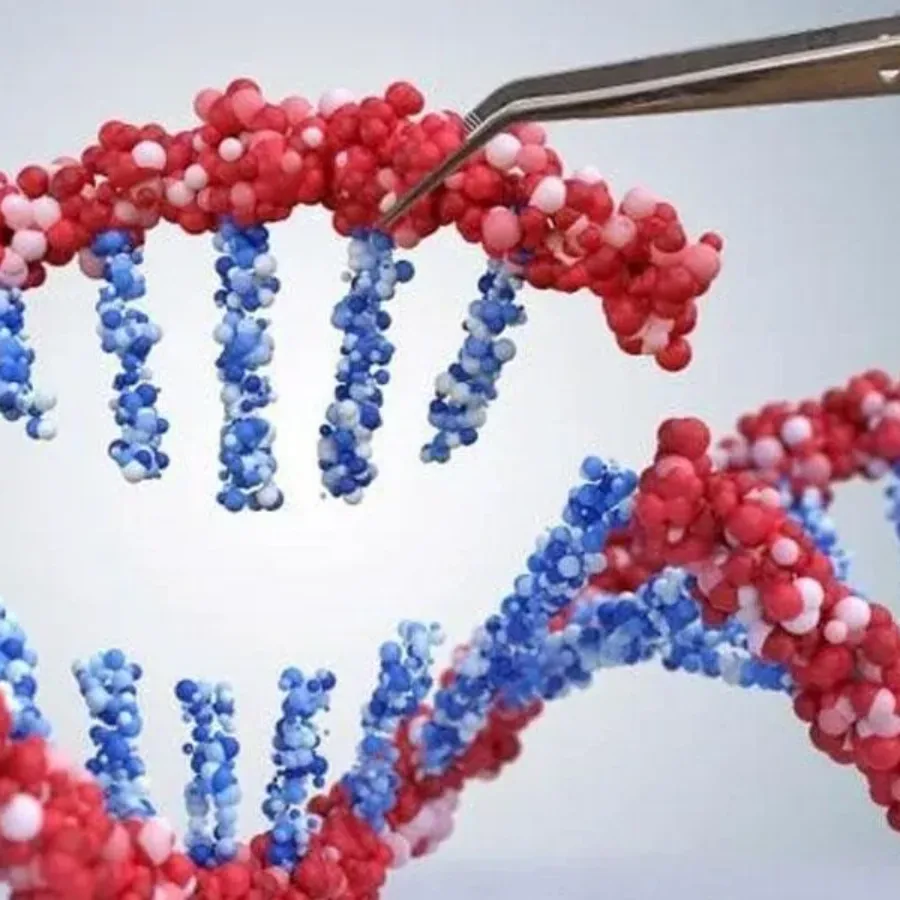 Blogs
Blogs
Cell and Gene Therapies (CGTs) has an estimated market size value in 2022 of USD 8.22 billion and a revenue forecast in 2030 of USD 24.5 billion. This is a CAGR (compound annual growth rate) of 14.6% from 2022 to 2030. Needless to say, the…
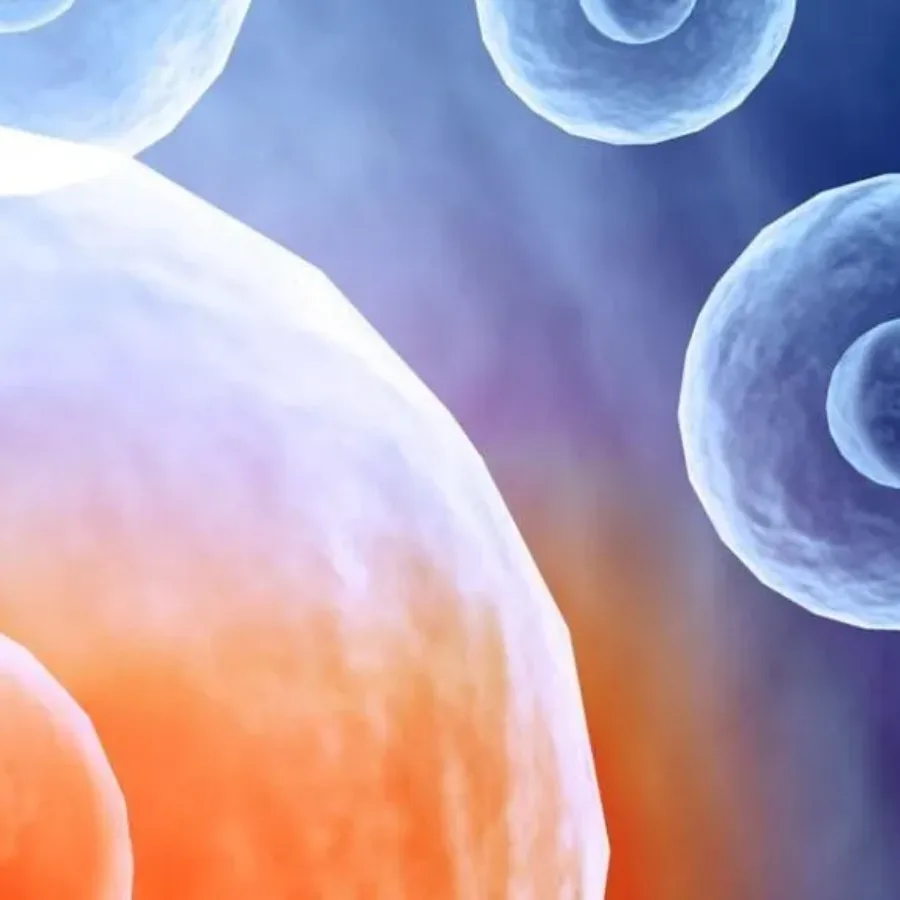 Blogs
Blogs
With the extensive advances in technologies like CRISPR and CAR-T, cell and gene therapy has grown to become a viable way for treating Cancer as well as other diseases. Our team has over 100+ years of collective expertise in molecular services using qPCR and ddPCR for support of…
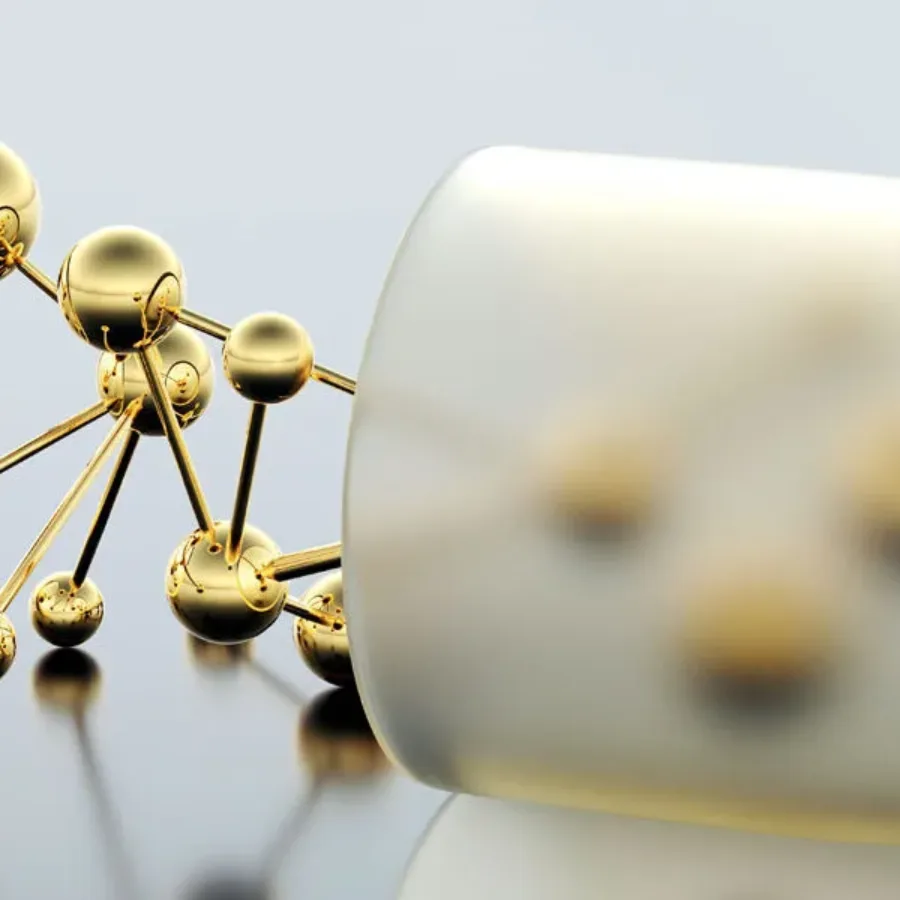 Blogs
Blogs
Due to the relative maturity of the technology, most people’s instinct when thinking about bioanalysis of large molecules is towards ligand binding assays. However, we urge people to be open to a more flexible approach. Using hybrid LC-MS/MS can be an equally useful tool for quantitation of biological therapeutics and…
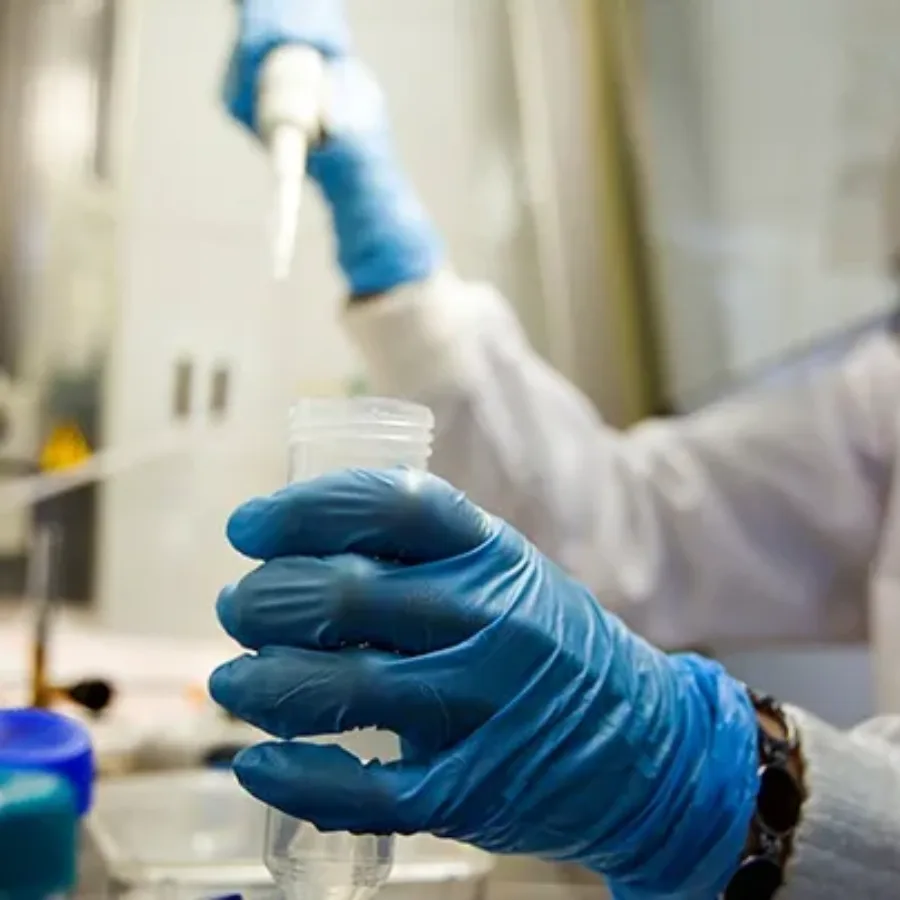 Blogs
Blogs
Assay validation is required during the development of new drugs or biologics in order to be in compliance with regulatory requirements for all studies that are not considered research/exploratory in nature. Beyond compliance, what is the point of assay validation? Assays must be precise, robust, and specific during use in preclinical studies and clinical trials in order to assure that drug candidates can be accurately evaluated for safety and efficacy. Validation plans assure that an assay will work reliably, even if an assay is run at different sites or by different users. Consider these other elements of assay validation to understand why it is a critical to preclinical and clinical research: Fit-for-purpose strategy: Each validation plan determines if an assay is made to be fit-for-purpose for a given client’s evaluation needs. Assays can be customized to meet the specific needs of a preclinical screening or clinical trial and fit-for-purpose validation assures that reliable data can be obtained from assay. Test scripts: Test scripts are a series of procedures to be executed during a validation in order to determine if an assay satisfies the necessary specifications or to reveal errors that must be addressed. Running test scripts is essential to the development and continued reliability of a validated assay. GLP compliance: Assay validation must be carried out under the same conditions as will be used for routine assay use. Good laboratory practices (GLP) conditions are needed for many preclinical and clinical applications, and routine quality assurance/quality control monitoring may also be necessary. Be aware of these special circumstances during assay validation. Validation is so much more than a regulatory hurdle. Validation gives you confidence that an assay will yield reliable results that can be trusted to make critical decisions for advancing drug candidates or evaluating clinical efficacy.